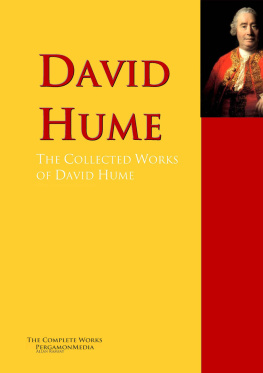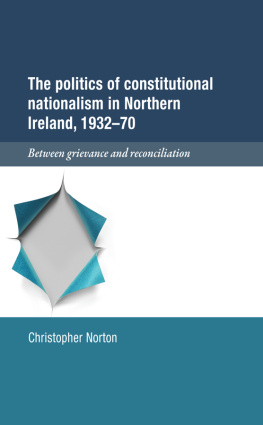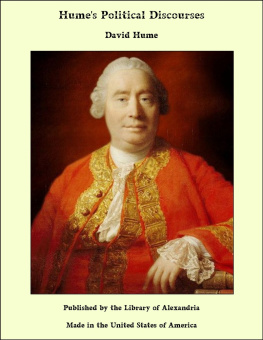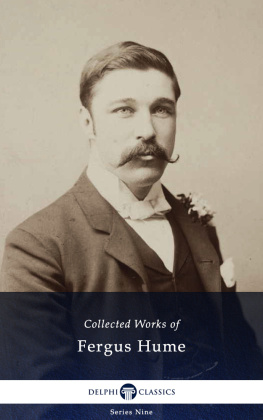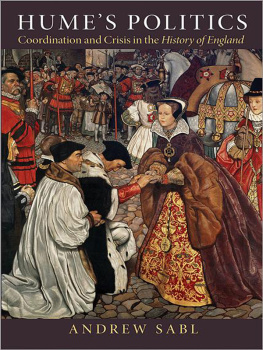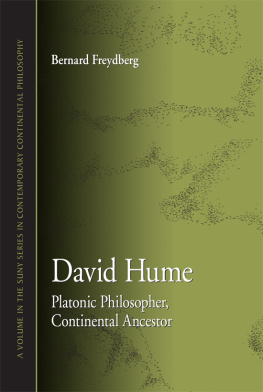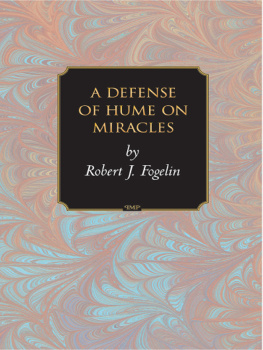John Hume - A New Ireland: Politics, Peace, and Reconciliation
Here you can read online John Hume - A New Ireland: Politics, Peace, and Reconciliation full text of the book (entire story) in english for free. Download pdf and epub, get meaning, cover and reviews about this ebook. year: 2000, publisher: Roberts Rinehart, genre: Politics. Description of the work, (preface) as well as reviews are available. Best literature library LitArk.com created for fans of good reading and offers a wide selection of genres:
Romance novel
Science fiction
Adventure
Detective
Science
History
Home and family
Prose
Art
Politics
Computer
Non-fiction
Religion
Business
Children
Humor
Choose a favorite category and find really read worthwhile books. Enjoy immersion in the world of imagination, feel the emotions of the characters or learn something new for yourself, make an fascinating discovery.

A New Ireland: Politics, Peace, and Reconciliation: summary, description and annotation
We offer to read an annotation, description, summary or preface (depends on what the author of the book "A New Ireland: Politics, Peace, and Reconciliation" wrote himself). If you haven't found the necessary information about the book — write in the comments, we will try to find it.
Hume recounts the struggle for the nationalist communitys rights and presents a blueprint for peace.
John Hume: author's other books
Who wrote A New Ireland: Politics, Peace, and Reconciliation? Find out the surname, the name of the author of the book and a list of all author's works by series.
A New Ireland: Politics, Peace, and Reconciliation — read online for free the complete book (whole text) full work
Below is the text of the book, divided by pages. System saving the place of the last page read, allows you to conveniently read the book "A New Ireland: Politics, Peace, and Reconciliation" online for free, without having to search again every time where you left off. Put a bookmark, and you can go to the page where you finished reading at any time.
Font size:
Interval:
Bookmark:
This book is dedicated to the tenacity of the S.D.L.P.s membership and the memory of deceased colleagues. Their sense of purpose and resolve in standing up for peace and reconciliation in spite of all the pressures and provocations has given inspiration and strength. It is a source of both pride and humility to lead such leaders.
IRELAND
Politics, Peace and
Reconciliation
JOHN HUME
MP, MEP and President of the
Social Democratic and Labour Party of Northern Ireland
Foreword by
Senator Edward M. Kennedy
Introduction by
Tom McEnery
Edited by
Jack Van Zandt and Tom McEnery

Published in the U.S. and Canada by Roberts Rinehart Publishers,
5455 Spine Road, Boulder, Colorado 80301
Distributed to the trade by Publishers Group West
ISBN 1570980667 (hardcover)
ISBN 1-57098-141-8 (paperback)
ISBN: 978-1-56833-209-3
Text 1996, 1997 John Hume
Foreword 1996 Senator Edward M. Kennedy
Introduction 1996 Tom McEnery
Library of Congress Catalog Card No 96-72311
Permission to reprint four lines from Seamus Heaneys poem From the Republic of Conscience from The Haw Lantern has been granted by Faber and Faber Ltd. (world except US)
and Farrar, Strauss & Giroux, Inc. (US only).
This book is sold subject to the condition that it shall not, by way of trade or otherwise, be lent, resold, hired out or otherwise circulated without the publishers prior consent in any form of binding or cover other than that in which it is published and without a similar condition being imposed
on the subsequent purchaser.
Typesetting:
Red Barn Publishing, Skeagh, Skibbereen, Co. Cork, Ireland
Printed in the United States of America
I first met John Hume in 1972. At the beginning of that year, British troops had shot and killed thirteen unarmed civilians in Johns hometown of Derrya day that became known as Bloody Sundayand the conflict in Northern Ireland was boiling over. I had long known of Johns leadership of the civil rights movement there and I called him that fall and asked if he could meet me. Shortly afterwards we had dinner together and I heard of his hopes and dreams for his people and for Ireland.
Ever since that evening I have had enormous respect for John, his courage and his leadership. He has had a profound influence on my thinking and on the attitudes of Congress and the American Government towards the conflict; he has often been called the 101st Senator from Northern Ireland. Foremost in the Social Democratic and Labour Party for more than a quarter century, he has been and continues to be an eloquent and powerful voice for peace: advocating non-violence absolutely and a just settlement that respects the rights and aspirations of both communities. As John has so ably preached throughout his career, bombs and bullets are not the answer to the problems of Northern Ireland. The answer lies in the people of that special island themselves.
It is a most historic and hopeful time for Ireland. Many people deserve credit for the recent breakthroughs in the peace process in Northern Ireland. But few, if any, deserve greater credit for advancing the cause of peace than John Hume. President Kennedy would have called him a Profile in Courage, and so do I.
Edward M. Kennedy
Boston
January 1996

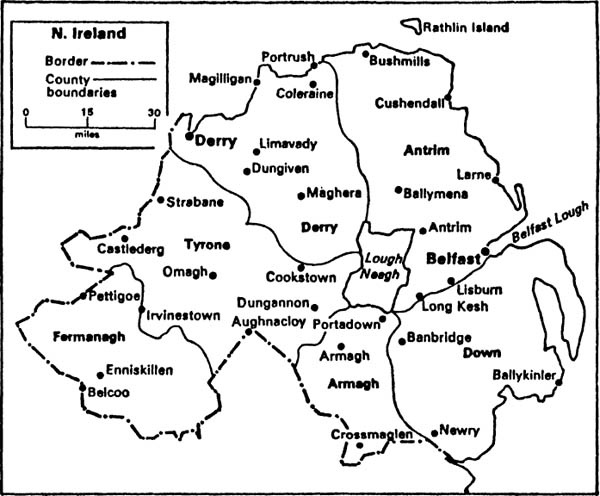

DERRY
Since the first landing of Henry IIs Norman host in the twelfth century, the strife between the Irish and the English races has been practically incessant. From century to century the spectacle of revolt, repression and reprisal has been repeated again and again. Elizabeth I, Cromwell and William III were among those who tried their hand at subduing Ireland, striving to make it a land of passive subjects. Various plantations of Protestants from Scotland and England were attempted in order to subdue the native population but, as in the old Irish saying, these aliens became more Irish than the Irish themselves (Hiberniores Hibernicis ipsis). These efforts ultimately proved to be unsuccessful as each wave of settlers was absorbed, except in Ulster. Only in that northern province of Ireland did this process approach fruition, but the success was piecemeal at best. As each fresh attempt to colonise the island was met with resistance, the list of martyrs and heroes grew increasingly longer, creating a historical basis for seemingly endless cycles of violent revenge.
Towards the end of the seventeenth century, British policies were finally approaching British expectations. By a system of repressive laws, the people of Ireland had been systematically deprived of their land, their franchise, their language, andalmosttheir religion. A short-lived rebellion aimed at establishing an Irish Republic led by Wolfe Tone, a Protestant, and based on the applications of the principles of the Enlightenment and the French Revolution, was brutally crushed in 1798. Two years later the autonomous Irish Parliament voted itself out of existence, and its merger with the English Parliament under the Act of Union opened a new epoch in the saga. There would be more men willing to fight the old fight against the English conquerors, such as the bold and perhaps foolish Robert Emmet, but by and large, the battles for over a century moved to the sphere of politics.
The first of these non-violent leaders was Daniel OConnell, The Great Liberator. By sheer force of will, he galvanised the Irish people into a formidable group, forcing the British to admit Catholics to Parliament. OConnell held sway in Ireland for over two decades until the Great Famine, which struck during those years, dislocated the base of his support. Simultaneously, the wave of revolutionary fervour that swept across the continent in 1848 touched this remote outpost of Europe, spawning the literary-inspired Young Ireland movement. Poems and ballads were the initial weapons of this movement for self-government, but eventually peaceful methods were denounced and they opted for the sword. Even though it had a nucleus of brilliant men at its head, all of their carefully-laid plans miscarried and Ireland was prostrate once more.
In the broken circle of Irish nationalism, each defeat prompted new emotions, new preparations. Just as Emmet emulated Tone and the Young Irelanders followed Emmet, so the Irish Republican Brotherhood joined the chronology. Founded in America by survivors of the 1848 revolt, the IRB spread to Ireland where its members were colloquially known as Fenians after a legendary band of Irish warriors. Previous Irish Nationalist leaders had come from the aristocracy or the upper professional classes, but Fenianism was a truly popular movement. A secret oath-bound society pledged to establish an Irish Republic, the IRB attempted an armed insurrection in 1867 with drastic results. Stifled by military defeat and the condemnation of the Catholic Church, the Brotherhood went further underground. Its time would come again.
Font size:
Interval:
Bookmark:
Similar books «A New Ireland: Politics, Peace, and Reconciliation»
Look at similar books to A New Ireland: Politics, Peace, and Reconciliation. We have selected literature similar in name and meaning in the hope of providing readers with more options to find new, interesting, not yet read works.
Discussion, reviews of the book A New Ireland: Politics, Peace, and Reconciliation and just readers' own opinions. Leave your comments, write what you think about the work, its meaning or the main characters. Specify what exactly you liked and what you didn't like, and why you think so.


